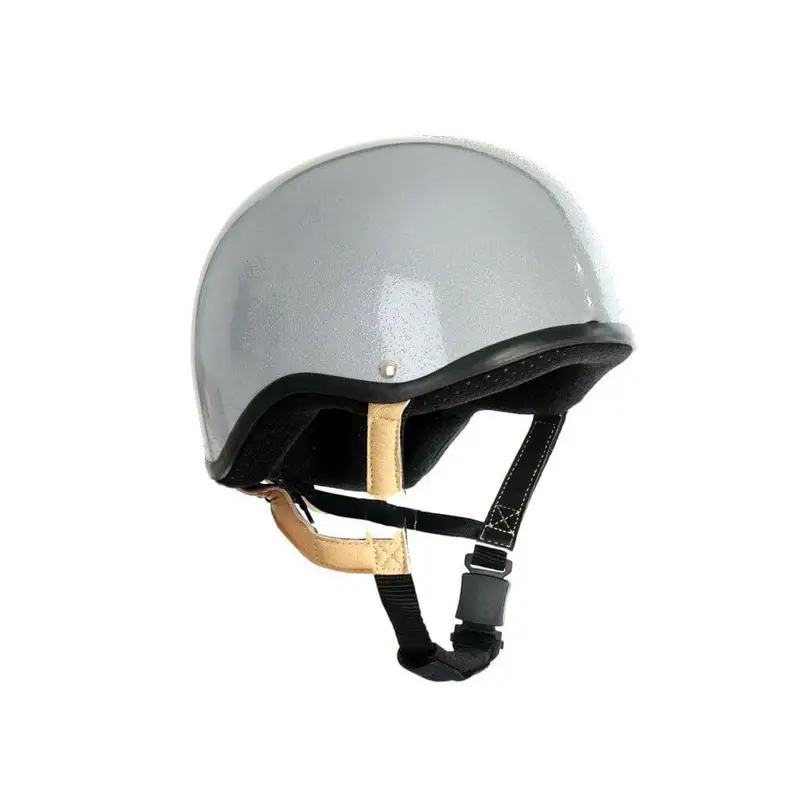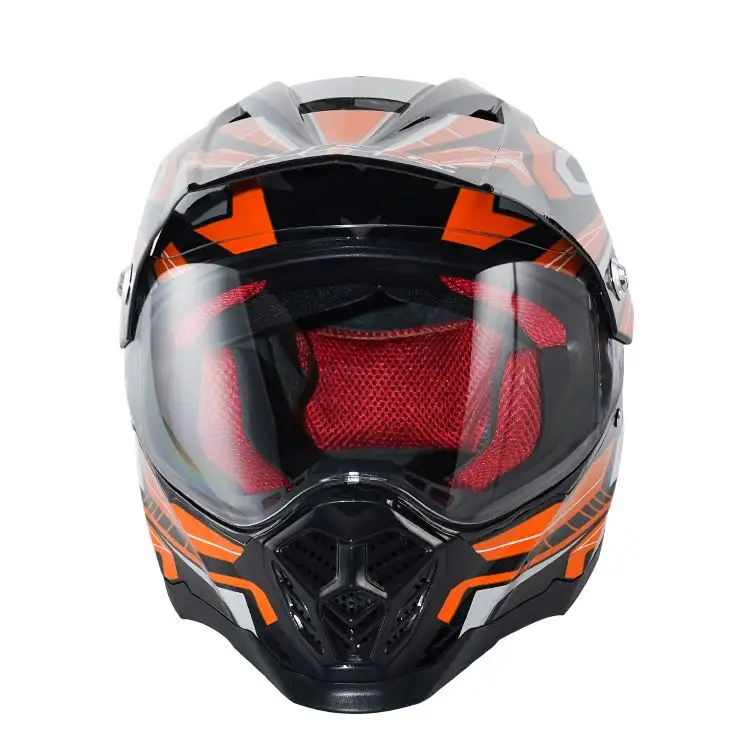Motorcycle helmets are a combination of science and style, where safety and aesthetics coexist to protect riders and enhance their riding experience. Here’s a closer look at the science and style behind motorcycle helmets:
The Science of Motorcycle Helmets:
- Impact Absorption: The primary purpose of a motorcycle helmet is to absorb and dissipate the energy from an impact to protect the rider’s head. The outer shell and inner liner work together to achieve this, reducing the risk of head injuries.
- Materials: The science of helmet design involves the careful selection of materials. Advanced materials like fiberglass, carbon fiber, and composites are chosen for their strength and lightweight properties, offering excellent protection without adding unnecessary weight.
- Impact Management: The inner liner, usually made of EPS foam, is designed to manage and disperse impact forces. It deforms upon impact to absorb energy and protect the rider’s head.
- MIPS Technology: The introduction of MIPS (Multi-directional Impact Protection System) technology is a scientific advancement that focuses on reducing rotational forces during certain types of impacts. This technology enhances safety by addressing rotational injuries to the brain.
- Aerodynamics: Aerodynamics play a significant role in helmet design. Proper aerodynamics help stabilize the helmet at high speeds, reducing wind resistance and wind noise, thus contributing to rider comfort and safety.
- Safety Standards: Helmets are rigorously tested to meet or exceed safety standards set by organizations such as the D.O.T. (Department of Transportation), ECE (Economic Commission for Europe), and Snell. These standards ensure that helmets provide a high level of protection and meet specific criteria for impact resistance.
The Style of Motorcycle Helmets:
- Design and Aesthetics: Helmets come in a wide range of styles and designs, from classic and retro to modern and futuristic. Riders can choose helmets that match their personal style, preferences, and the type of motorcycle they ride.
- Graphics and Artwork: Many helmets feature graphics, artwork, and color schemes that make a statement or reflect a rider’s personality. These designs add a level of customization and individuality to the helmet.
- Customization Options: Some helmet manufacturers offer customization options, allowing riders to select various components, including visors, face shields, and liners, to create a personalized helmet.
- Ventilation and Comfort Features: Style isn’t just about appearance; it’s also about comfort. Helmets with well-designed ventilation systems and padding contribute to a comfortable and enjoyable riding experience.
- Fit and Shape: Helmets come in different shapes to accommodate various head shapes and sizes. Riders can choose helmets that provide a snug, secure fit while complementing their overall look.
- Communication Integration: Some helmets are designed with integrated communication systems, allowing riders to stay connected while on the road. This feature blends style with functionality.
- Specialized Riding Styles: Different types of motorcycle helmets cater to specific riding styles. For example, full-face helmets provide comprehensive protection, while open-face helmets are popular among cruiser riders seeking a classic look.
Balancing the science and style of motorcycle helmets is a delicate art, ensuring that riders not only have advanced protection but also feel comfortable and express their unique style while on the open road. When selecting a helmet, it’s important to prioritize safety features and ensure it meets or exceeds safety standards while also considering your personal style and riding preferences.


